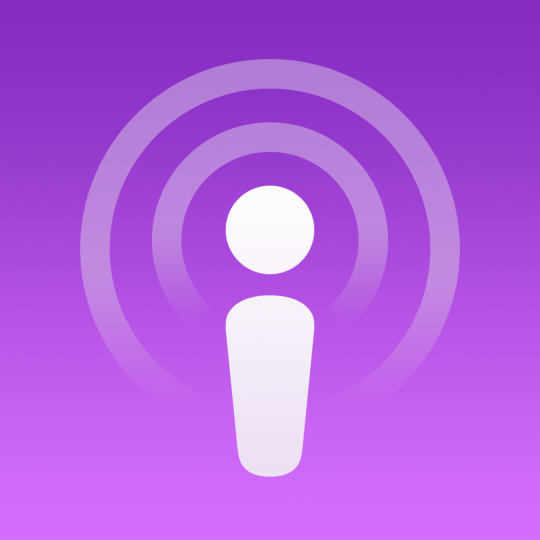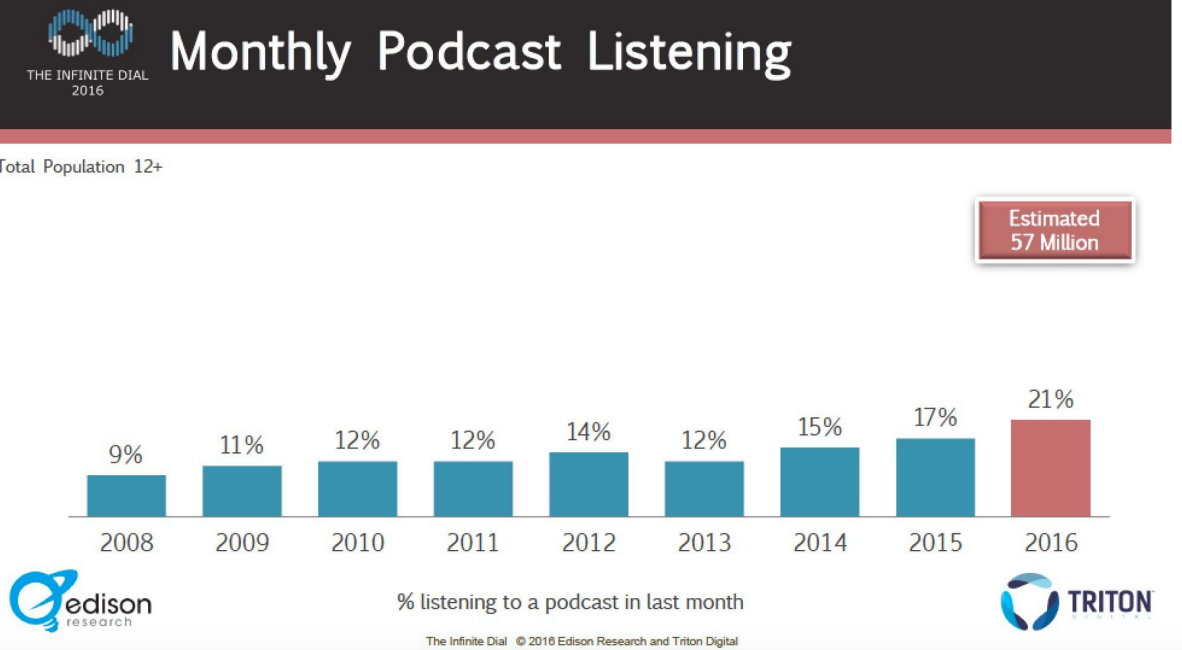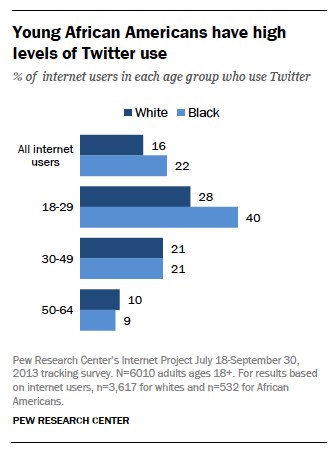
YouTube has over a billion users and has launched in 88 countries, with accessibility to 76 different languages. YouTube was launched in 2005 and the video platform has since taken off. Last year YouTube’s head of content reported the platform has seen 50% growth annually, (Beck, 2015). YouTube features all types of content from product reviews to daily vlogs. The popularity of YouTube and its content has also launched the career of proclaimed “YouTube Stars”.
“YouTube has transformed the way people watch video. The shift from passive consumption of content to active engagement with that content — and the creators producing it — has enormous implications for entertainment, branding and behaviour. To find success on YouTube, established names in the YouTube universe have plenty of guidance and advice to inspire individuals and brands alike.” (Think with Google. 2015).
YouTube star not only garner millions of videos, but those views translate to dollars. YouTubee make money from ads, sponsored content, and viewer donations. Of all the YouTube creators, there are the top 3 YouTube making millions in 2015.
- PewDiePie: $12 million
Subscribers: 48M
# of Videos: 2K+
- Smosh: $8.5
Subscribers: 22M
# of Videos: 700+
- Fine Bros ENT/ React
Subscribers: 20M
# of Videos: 1.5K+
The money YouTube stars are being in is proof that YouTube is more than is a storage platform for video content, it is also a business.
Do you have a favorite YouTube star or channel?
Sources:
Beck, M (2015, Feb 18). YouTube Says Growth Is Still Strong Despite Push From Facebook. Marketing Land. Retrieved from http://marketingland.com/youtube-says-growth-still-strong-despite-push-facebook-118890
Statistics. (2016). YouTube. Retrieved from https://www.youtube.com/yt/press/statistics.html
Berg, M. (2015, Nov 2). The World’s Highest-Paid YouTube Stars 2015. Forbes. Retrieved from http://www.forbes.com/sites/maddieberg/2015/10/14/the-worlds-highest-paid-youtube-stars-2015/#49a6e61e542c









